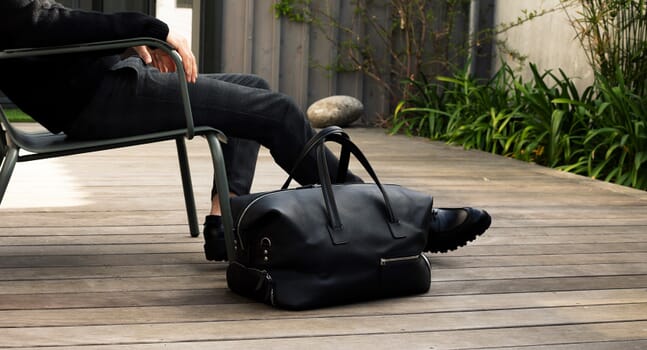Moscot is one of the very few eyewear brands that bridges the worlds of heritage and subcultural style with any real credibility. You should care about Moscot sunglasses for the same reason you care about a pair Alden loafers of or a Baracuta G9 jacket. These designs tell a story, they have history rooted in craftsmanship and cultural identity, and they’re designs that have quietly endured for over a century, spurring countless imitations.
Unlike fashion-driven labels that chase trends, Moscot’s collection is tight, consistent and rooted in the classics. These are frames that have remained essentially unchanged for decades – because they work. The materials are solid (often Italian acetate or titanium), the shapes are timeless, and the colours are deep and considered. But it’s the silhouette and provenance that elevate them beyond mere specs.
To understand Moscot is to understand a century of downtown New York style, the evolution of masculinity in eyewear, and the enduring appeal of well-made things. It’s heritage without affectation – and in menswear, that’s worth paying attention to.
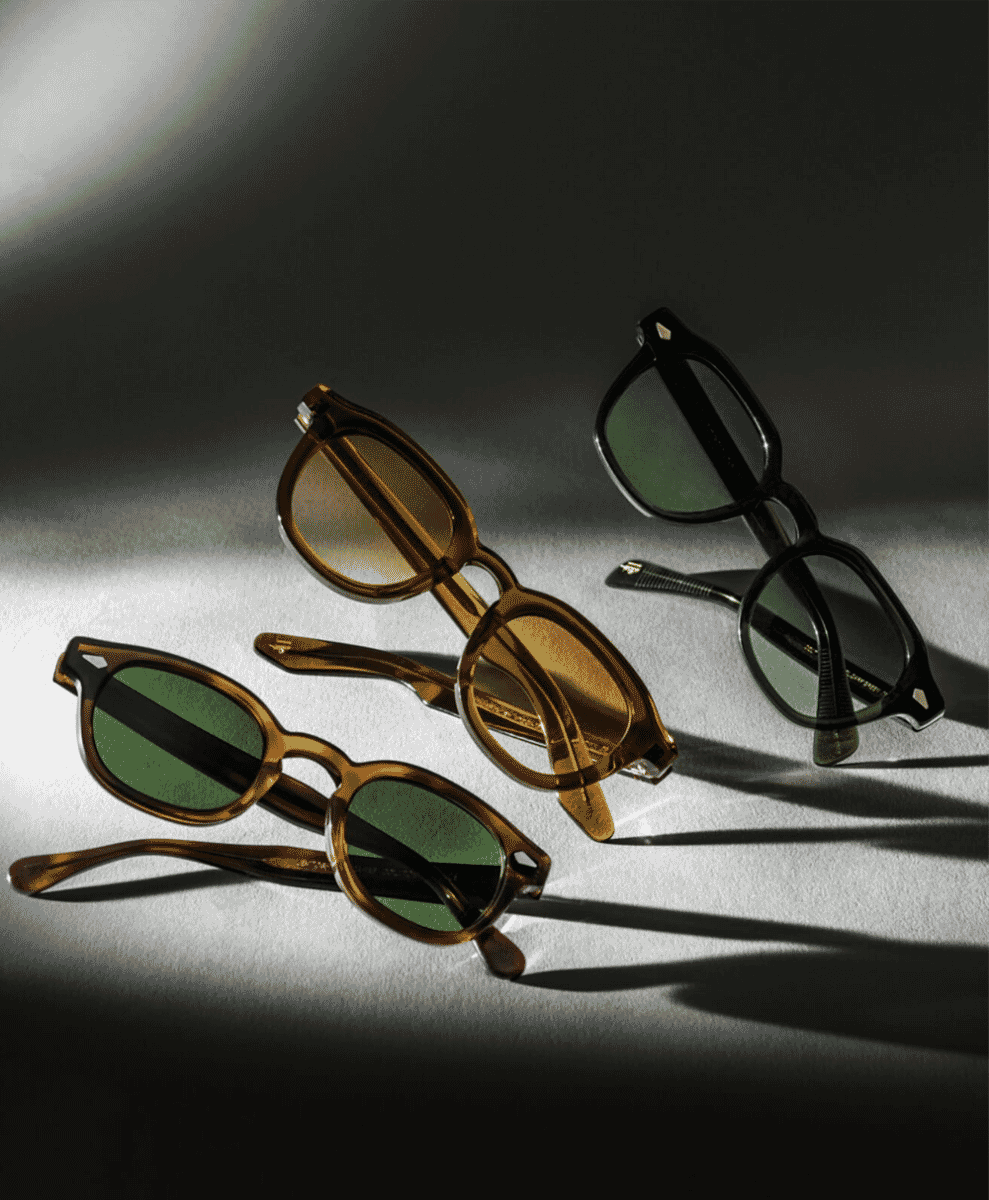

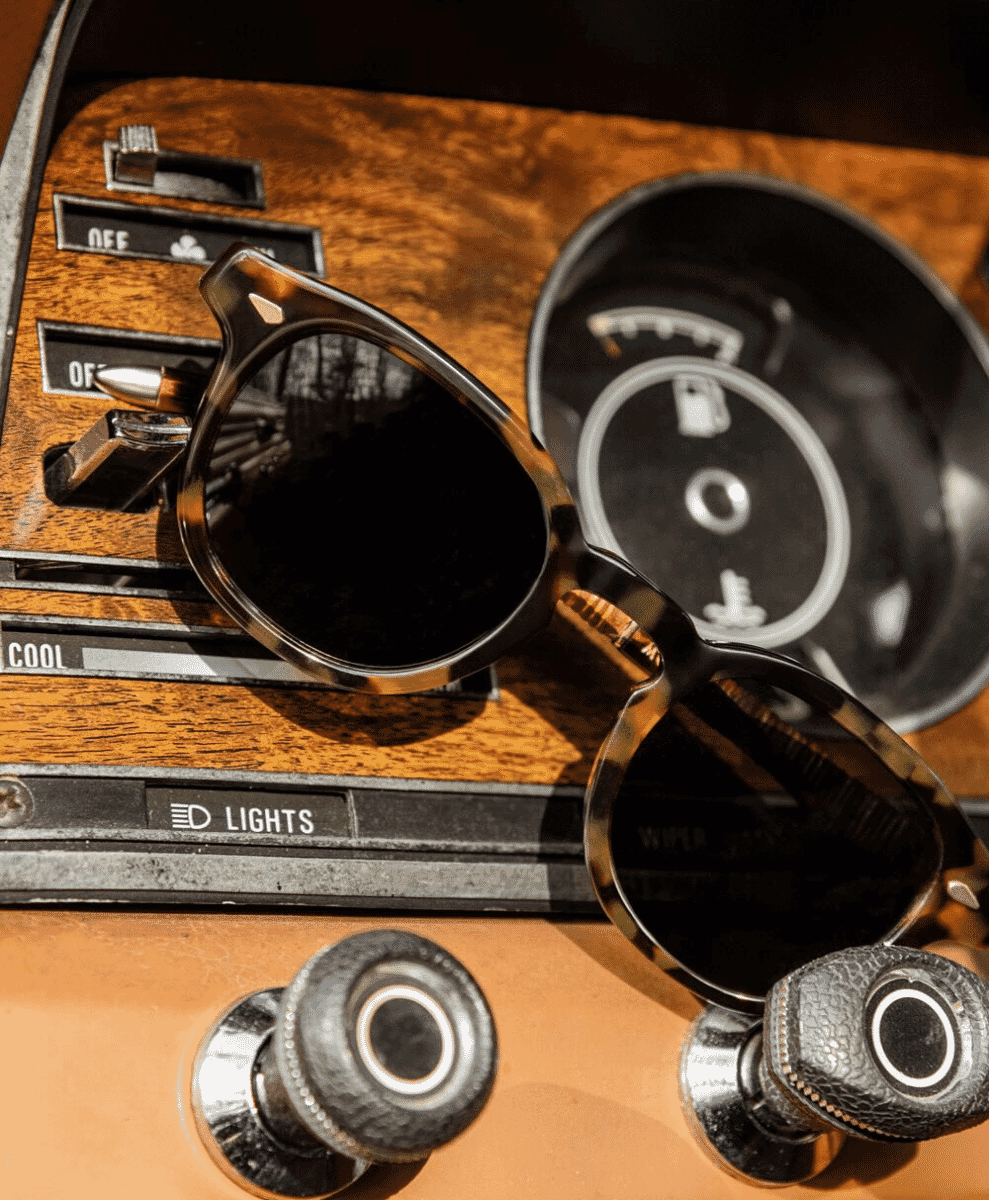
Moscot sunglasses: The history
Founded in 1915 by Hyman Moscot, a Jewish immigrant from Eastern Europe, the brand began as a pushcart on Orchard Street in Manhattan’s Lower East Side. That’s important, not just as a quaint origin story, but because it locates Moscot at the heart of New York’s immigrant experience – a dense, volatile mix of working-class grit, style and survival. Eyewear in this context wasn’t just a fashion statement; it was medical necessity fused with dignity and self-presentation.
Fast forward a few decades, and Moscot’s frames become more than just functional objects. They’re worn by jazz musicians, downtown poets, punks, actors and artists – people who understood the power of eyewear as a kind of visual shorthand for intelligence, eccentricity or defiance. The Lemtosh, probably the brand’s most iconic frame, has been worn by everyone from Andy Warhol to Johnny Depp to Spike Lee. It’s distinctive without being ostentatious. It flatters most faces, but it’s not anonymous. That balance is rare in the eyewear world.
More than anything, Moscot is a lesson in quiet branding. There’s no flashy logo, no designer collaboration fatigue. It doesn’t scream for attention. And yet, among those who know, it communicates taste, discernment and an appreciation for the kind of objects that age well, tell stories and hold cultural weight.



The best Moscot sunglasses for men
Lemtosh
This is the cornerstone of Moscot’s reputation – a frame that bridges the gap between round and square, eccentric and classic. It’s defined by its keyhole bridge, slightly upswept corners and thick acetate construction. The shape flatters a wide range of faces, which partly explains its ubiquity.
It became the de facto uniform of New York creatives from the 1950s onward – especially those orbiting the art world. Andy Warhol wore them. So did Truman Capote. More recently, Johnny Depp has practically turned them into his trademark. The Lemtosh speaks a certain visual language: quirky but refined, bold but never brash. If you only own one pair of Moscot sunglasses, it’s probably this.

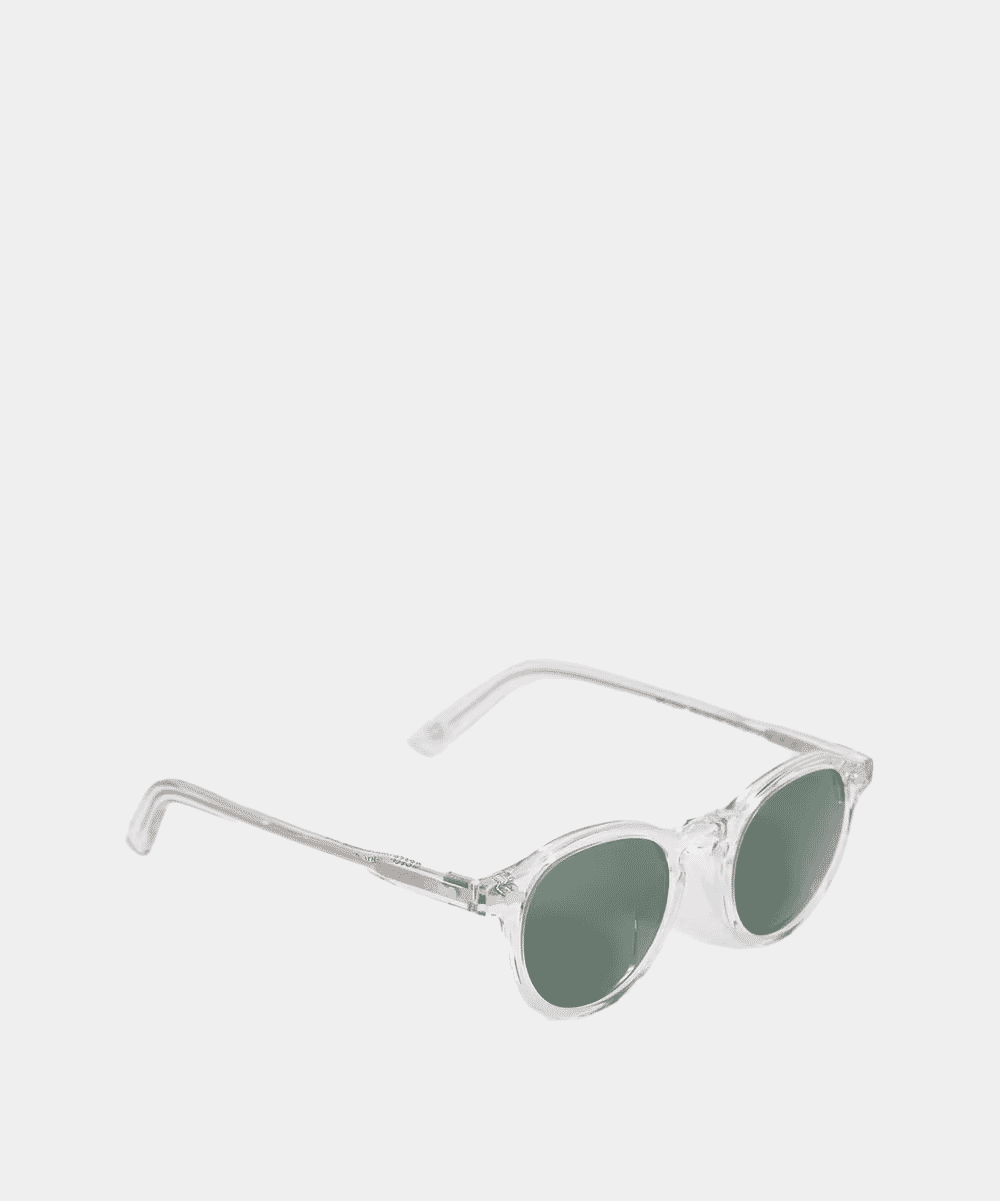
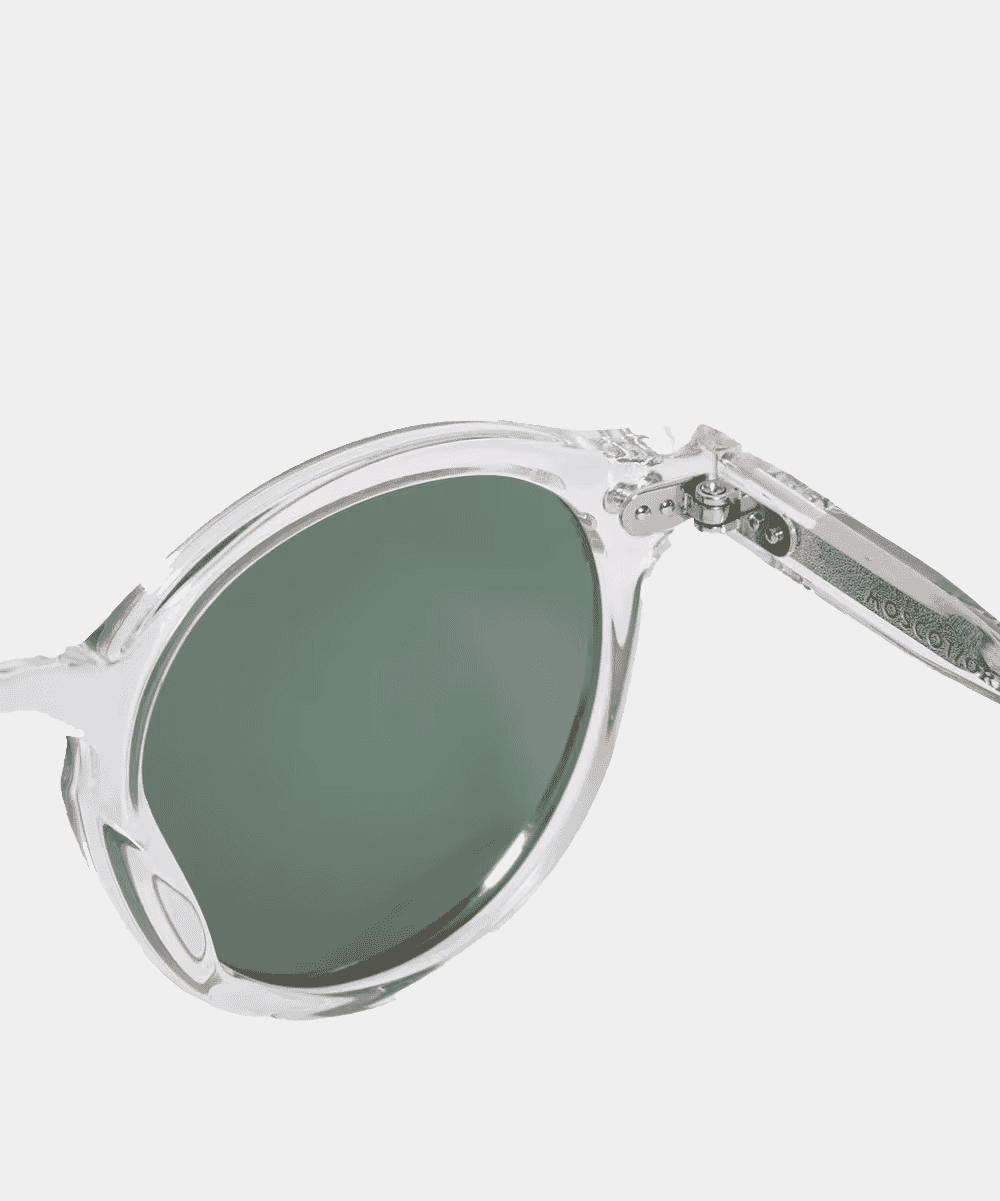
Miltzen
The Miltzen is a purist’s frame. Fully round with a keyhole bridge and delicate temples, it’s lighter and more reserved than the Lemtosh, but no less iconic. It was originally introduced in the 1930s and was popular among intellectuals, artists and downtown eccentrics.
John Lennon wore a version of them. James Dean is said to have owned a pair. They’re less adaptable to all face shapes, but when they work, they really work. The Miltzen has always had an academic quality – the frame of choice for someone editing manuscripts, arguing about architecture, or lecturing on semiotics.
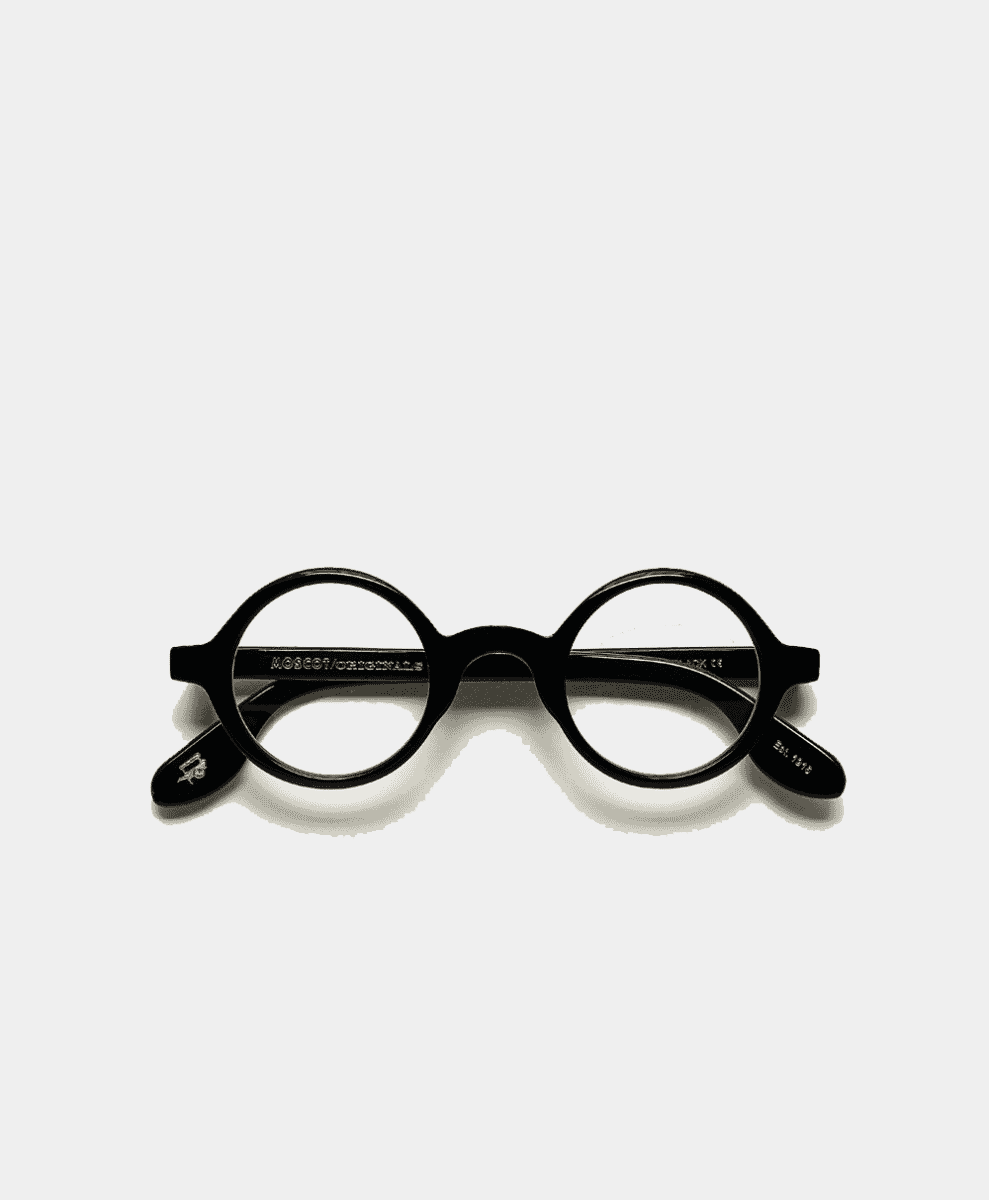


Zolman
Zolman is the most idiosyncratic of Moscot’s core collection. Perfectly round and unusually small, with no visual embellishment – no bridge detailing, no curves to soften the silhouette. These are the glasses you wear when you want to lean into the archetype of the old-world intellectual, the inventor, or the modernist purist.
It has a severity to it. It doesn’t try to be flattering – and that’s precisely its appeal. Worn with purpose, it becomes a style statement of the most uncompromising kind. It’s not for everyone, but those who wear it tend to mean it.
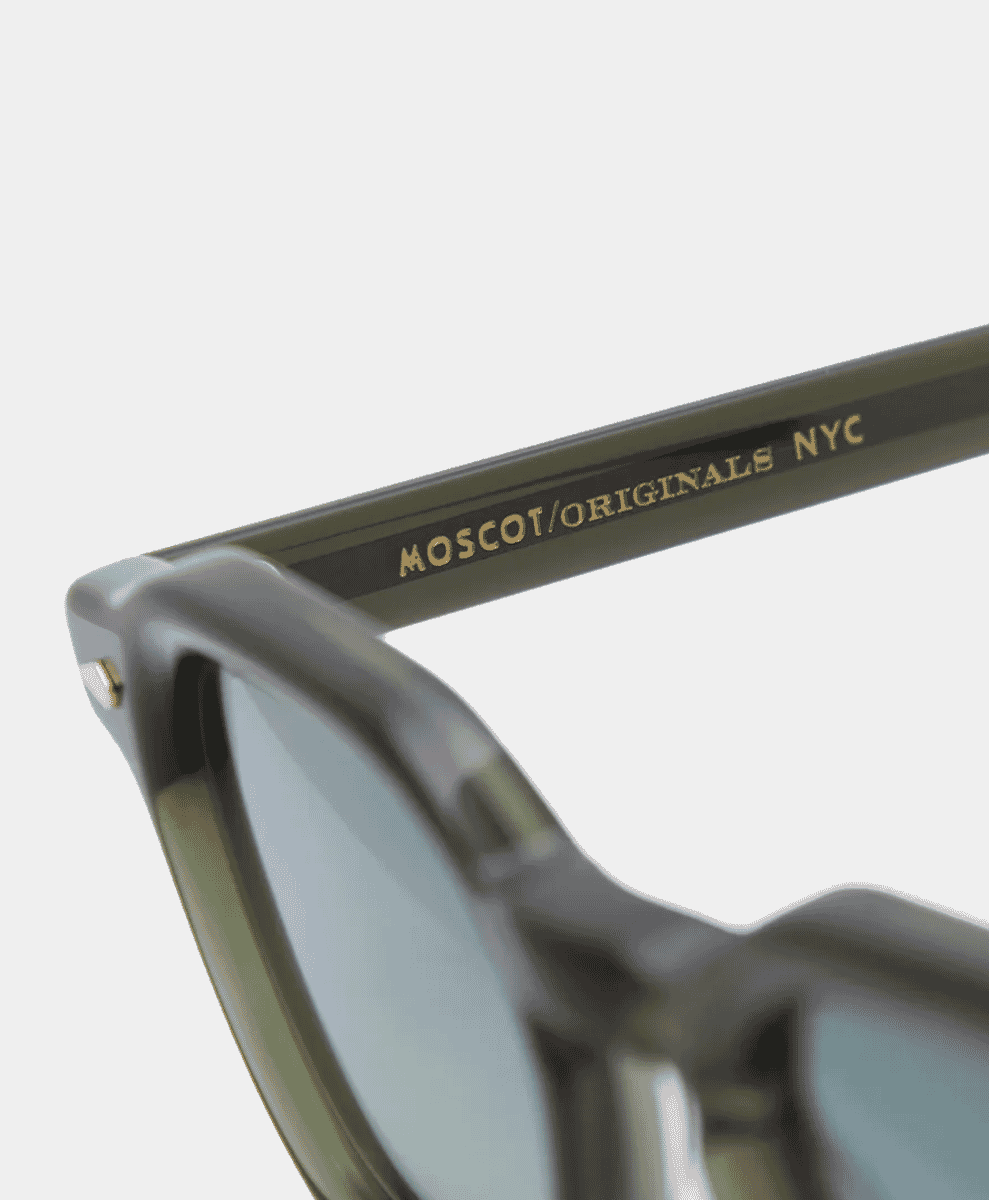


Dolt
Dolt is Moscot’s nod to more squared-off, conservative American eyewear design. It has a rectangular front with gently curved edges and thicker temples – evoking 1950s utility frames, the kind once issued to servicemen or worn by opticians and engineers.
It’s a little more restrained than the Lemtosh, more angular than the Miltzen, and suits people who want classic eyewear without veering into overt nostalgia. Where the Lemtosh has a kind of curated eccentricity, the Dolt has a straight-talking clarity. It’s understated, reliable, and slightly more serious.

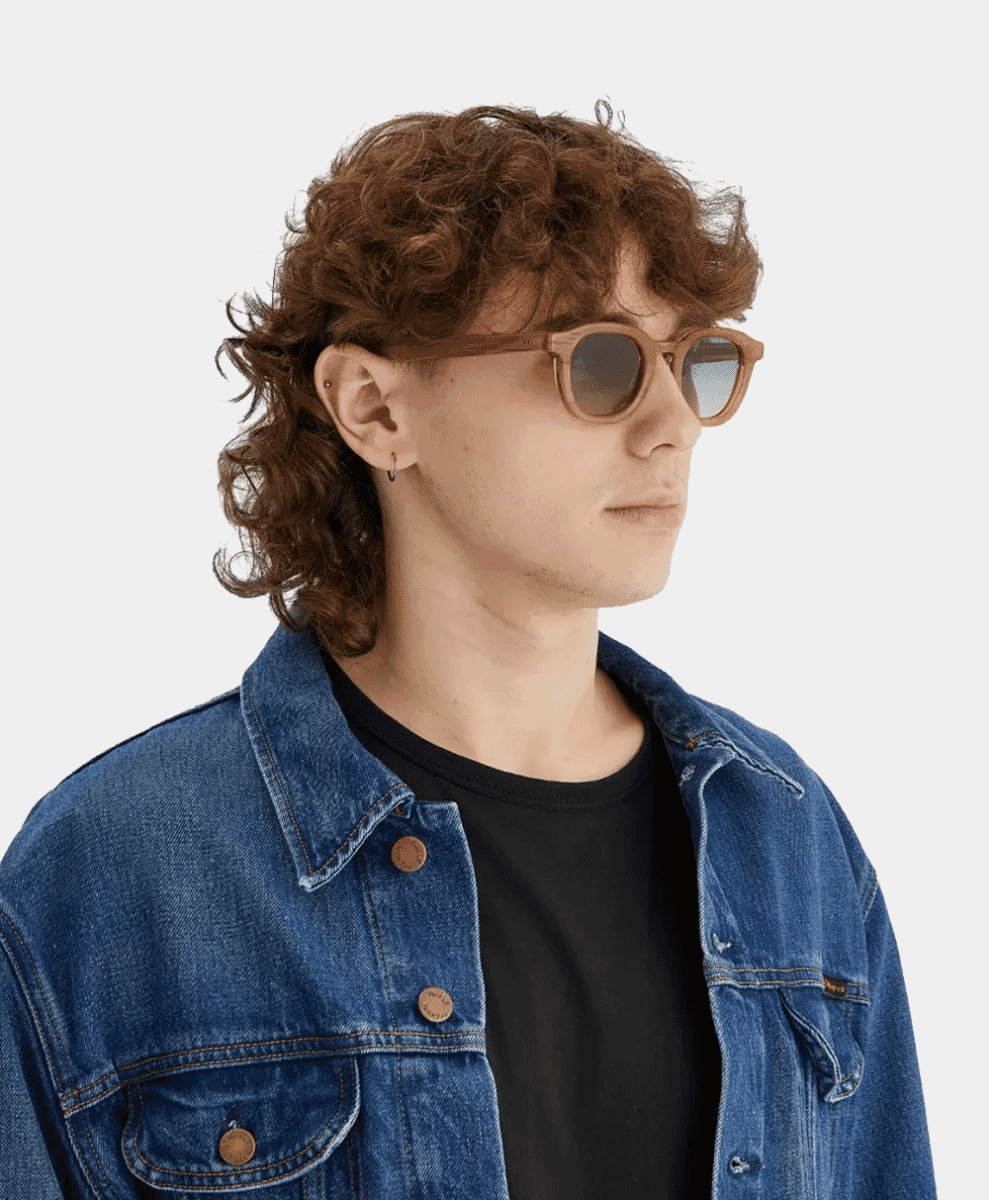

Dahven
The Dahven takes the Lemtosh’s proportions and exaggerates them – thicker acetate, broader temples, more visual heft. The shape is still rounded-square, but everything is turned up a notch. It's not quite caricature, but definitely more of a statement piece.
This is a frame for people who want their eyewear to lead the outfit, rather than complement it. It works particularly well as a sunglass, giving off an old-school paparazzi-dodging Hollywood feel. It’s bold, yes, but not brash. There’s a self-awareness to it – you’re signalling a love of vintage design with modern intent.
Next up: How to choose the perfect pair of sunglasses.

